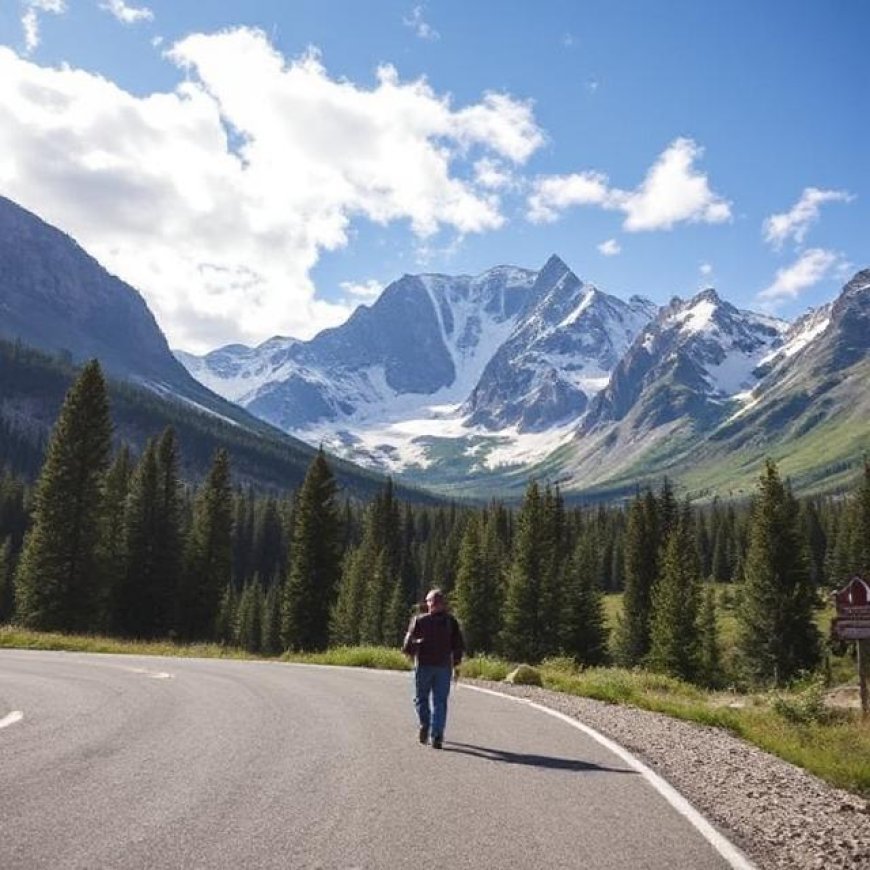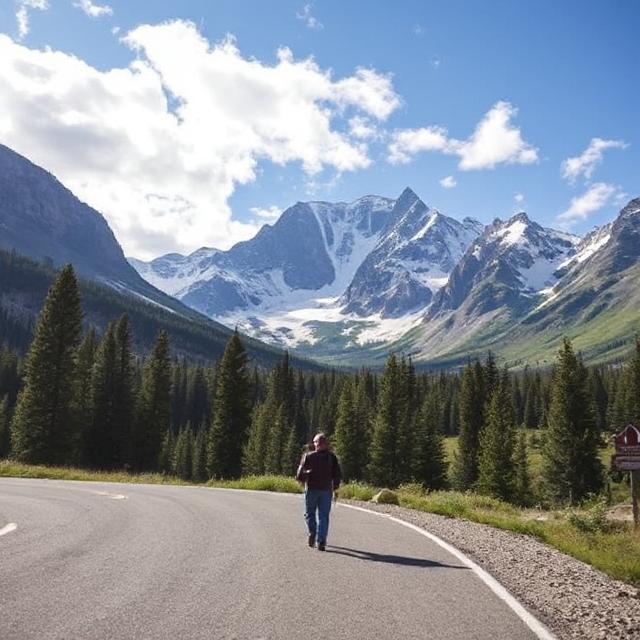Canadian Travel Boycott Hits Tourism Industry of Montana in The US


Over the past few months, Montana has experienced the economic brunt of the Canadian travel boycott as relations between the U.S. and Canada remain strained. A 33% decline in Canadian visitors to the state, encompassing a steep drop in hotel reservations and expenditure, has had Montana’s tourism sector struggling to cope with the loss of its Canadian customers. The tourism downturn is caused by some factors, ranging from the tense relationship between the two countries and anti-U.S. sentiments following comments from ex-President Donald Trump and other international issues.
Tourism Impact: Decline in Canadian Visits
According to data from U.S. Customs and Border Protection, Canadian visits to Montana have plummeted across key border crossings in 2024 and 2025. The Roosville Port saw a 29.27% decline, while Sweetgrass Port recorded a 28% drop in Canadian crossings. Other border points like Del Bonita Port also experienced significant reductions in Canadian visitors. As Canadians opt to stay home or visit alternative destinations, Montana’s tourism revenue has suffered.
In April 2025, credit card spending by Canadians in Montana fell by 44%, continuing a downward trend that started earlier in the year. Hotels in popular destinations like Whitefish and Kalispell reported canceled bookings, with tour groups from Canada dropping large reservations, causing losses of up to $38,000.
Domestic Tourism Filling the Gap
Despite the challenges posed by the Canadian boycott, domestic tourism in Montana has been a saving grace. As Canadians cancel trips, American travelers have stepped in to fill the gap. Kalispell and Whitefish have seen an increase in last-minute bookings from U.S. tourists, a trend that has helped stabilize the state’s tourism industry. According to the Institute for Tourism and Recreation Research (ITTR), the state has witnessed strong domestic visitor numbers, with domestic visitors arriving by car accounting for 74% of Montana’s tourist arrivals.
The state’s focus on promoting road trips and outdoor experiences has also helped draw American tourists, particularly in popular national parks like Glacier National Park, which has seen record-breaking attendance. Glacier alone accounts for 44% of the state’s total visitors, with 346,000 visitors in 2025, a 12% increase from the previous year.
The Shift in Marketing Strategy
In response to the declining Canadian tourist numbers, some of Montana’s tourism bureaus have suspended their marketing campaigns targeting Canadian visitors. Diane Medler, Executive Director of Discover Kalispell, noted that negative feedback from Canadians regarding tourism promotions, combined with mass cancellations, led to a decision to redirect marketing efforts elsewhere for the time being. The state has acknowledged that marketing to Canadians, while important, is not a priority until the strained relationship between the U.S. and Canada improves.
Medler also emphasized that despite the drop in Canadian tourism, Montana is doing well in attracting domestic travelers, particularly for last-minute trips, a pattern that has become more prevalent over the past decade. Road trips and short-term bookings have helped offset the losses, and Glacier National Park continues to see high levels of engagement from American visitors.
Looking Ahead: Can Canada’s Tourists Return?
As the U.S.-Canada relationship continues to evolve, it remains uncertain when or if Canadian tourists will return to Montana in the same numbers they once did. Some Canadians have stated that they will not visit the U.S. until former President Trump is no longer a factor in the political landscape. This ongoing tension could further delay the recovery of Montana’s tourism industry from the Canadian travel boycott.
However, Montana tourism officials are hopeful that the domestic market will continue to support the industry, with increased visitation to popular national parks and outdoor attractions. While the loss of Canadian tourists is significant, the increase in American travel is providing a cushion for businesses impacted by the downturn.
Uncertain future for the Tourism in Montana by the Canadians
The boycott of Canada by Canadian travelers has had a strong influence on the tourism industry in Montana, with Canadian visitors declining 33% and Canadian credit card spending going down 44%. Domestic tourism has been the savior of the state otherwise, with U.S. tourists taking the place of Canadian visitors. Montana’s tourism sector is responding by concentrating on domestic travelers and outdoor recreation, but only time will tell if or when Canadian tourists come back. The continued tension in U.S.-Canada relations still threatens the industry, but the state is learning to prosper despite the shifting landscape.
The post Canadian Travel Boycott Hits Tourism Industry of Montana in The US appeared first on Travel And Tour World.






